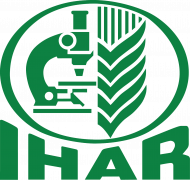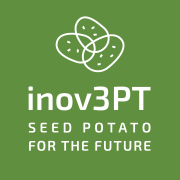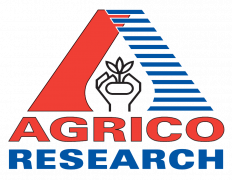Abstract
Recently, a hybrid breeding system was developed for diploid potato. We compared performance of diploid hybrids with commercially available tetraploid cultivars. Therefore, seedling tubers were produced from true hybrid seeds in field conditions. In the subsequent year, diploid hybrids grown from seedling tubers showed a yield potential comparable with commercial tetraploid cultivars: the highest yielding diploid hybrids showed a yield comparable with the lower yielding tetraploid cultivars. Yields of hybrids and commercial tetraploid cultivars were broken down into different yield components and the interactions with growing conditions were quantified. The stability of yield and other relevant traits in different growing conditions was similar between hybrids and commercial cultivars. The contribution of the different yield components to total yield over different environments was compared between diploid hybrids and tetraploid cultivars. In diploid hybrids as well as tetraploid cultivars, more tubers per stem resulted in the highest yield gain, while an increase in tuber size resulted in a relatively smaller increase of total yield.















